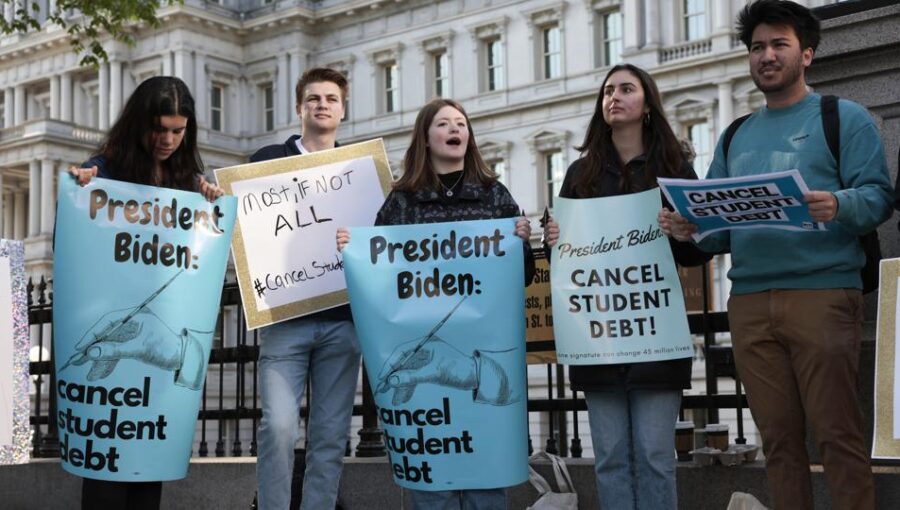
As American student loan borrowers gear up to resume monthly payments, they have made record payments on their loans over the past few weeks, according to U.S. Treasury data—getting ahead of the first official due date in over three years.
Borrowers repaid over $2 billion over the week of Sept. 7, according to Treasury receipts from the U.S. Department of Education analyzed by Haver Analytics. At this time last year, payments for the week were closer to $400 million.
They also repaid a record $3.6 billion during the week of September 1, and $1.4 billion the week before that. The last time payments were over $1 billion for the week was back in March 2020, before they were put on pause by the federal government because of the COVID-19 pandemic.
It’s a big shift from the past three years and indicative of the changing winds of household balance sheets and even the broader U.S. economy.
Borrowers may be trying to get ahead of the payments to pay down their debt while interest hasn’t had much of a chance to accrue (the first payment is due in October, though interest began accumulating again this month), says Jacob Channel, senior economist at LendingTree.
“This isn’t a bad strategy given that getting used to making your payments now can help you avoid feeling blindsided when they do resume,” Channel says. “Similarly, the faster you pay your debt off, the less interest you’ll have to worry about collecting on your loan in the long run.”
Some borrowers were able to save some money over the past three and a half years with the intention of putting it toward their loans in one lump sum, says Betsy Mayotte, president of the Institute of Student Loan Advisors. Now that the zero-interest period is over, they are sending in those lump sums.
“We are seeing a lot of borrowers who took advantage of the zero-interest period of the three-plus-year COVID period to save money in an interest-bearing account,” Mayotte says. “They essentially earned interest on their student loan payments while no interest was accruing on their loans.”
Student loan payments ‘won’t be a cakewalk’
That works out well for those borrowers. It might not work out well for the U.S. economy as a whole. With households putting hundreds of dollars a month toward their loan payments, consumer spending may fall, creating a drag on the U.S. economy, economists and analysts have said.
“Of course, the more money people put toward their student loans, the less they’re likely to have left over for other purchases,” says Channel. “Once payments are back in full effect, we’ll probably see this more clearly on a macroeconomic level, and I don’t think anyone should be surprised if consumer spending drops over the coming months.”
This is doubly true because the payment resumption comes at the same time as a few other several other stressors on household budgets. Americans have finally largely used up the savings they accrued during the pandemic, giving them less of a financial cushion. Inflation, though abating, is still hitting budgets hard. Interest rates are also making things less affordable (though savers benefit).
And several other pandemic-era benefits programs are winding down. The U.S. is on the brink of a “childcare cliff,” as the funding for grants that kept tens of thousands of daycare centers open expires at the end of the month. New work requirements on food stamps could lead to 750,000 adults losing the benefits, according to the Center on Budget and Policy Priorities. And millions are expected to lose their health insurance coverage as states disenroll constituents who no longer qualify for Medicaid.
While some borrowers seem able to put money toward their loans, Channel says paying the extra monthly bill won’t “be a cakewalk for everyone.” He advises those who are worried to get in touch with their loan servicer as soon as possible, or head to studentaid.gov to see what their options are.
One new option: the Saving on a Valuable Education, or SAVE, plan from the Biden administration. This income-driven repayment can help reduce the monthly bills of those who qualify to as little as $0 a month. Enrollees’ payments will be based on their family size and discretionary income. Over 4 million people have already signed up for the plan, the Education Department recently announced.





























